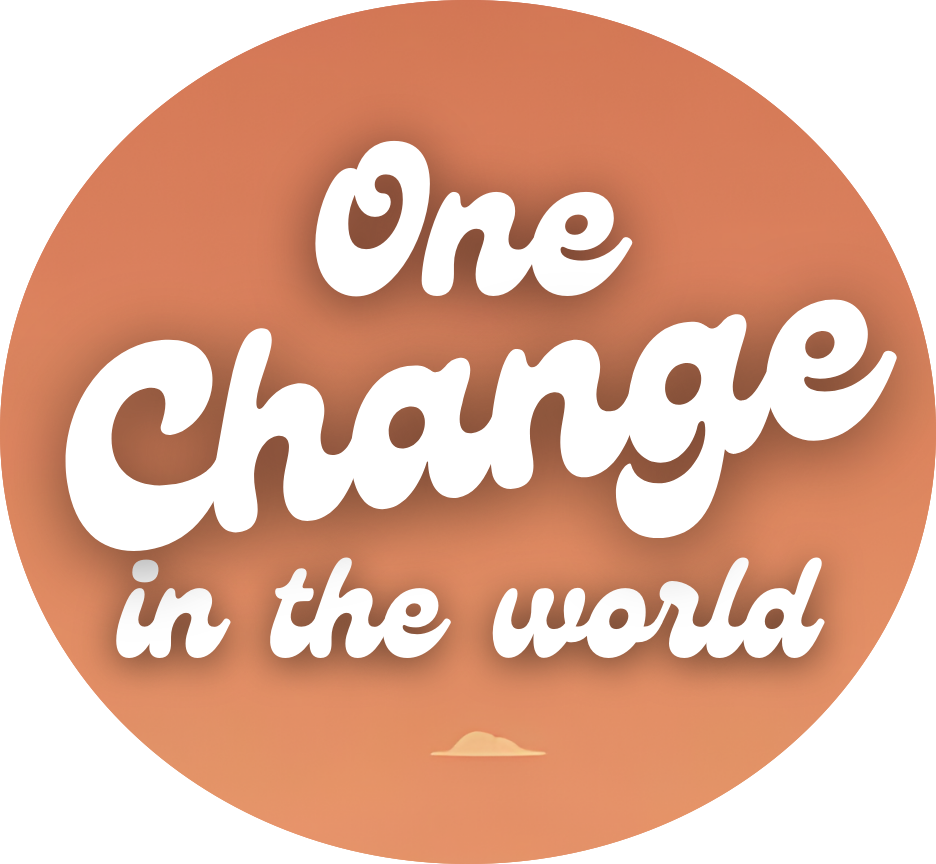→ In the aftermath of the Cold War
—failure of the putsch in 1991, disappearance of the USSR, creation of the CIS (Commonwealth of Independent States) by Russia, Ukraine, and Belarus, joined by 8 other countries, resignation of Gorbachev on December 25
—Vladimir Putin, the former KGB, succeeds Boris Yeltsin, and leads the war against the Chechen rebels
—With the exception of Czechoslovakia and the GDR, the countries of Eastern Europe became civil or military dictatorships
—Nationalism is still alive in Russia (Chechens, Ingush, Kabards, Circassians, Bashkir Tatars), in Ukraine (inhabitants of Crimea, Hungarians), in Azerbaijan (Armenians), while the borders resulting from the break-up of the USSR are contested by the new countries (claims of Belarus and Romania in particular)
Break-up of Yugoslavia:
—desire for independence of certain peoples opposed by the Serbs
—proclamation of independence of Croatia and Slovenia in June 1991, intervention of the federal army of Yugoslavia
—War in the Balkan powder keg until 1994, the year of the bombing of Sarajevo. Ultimatum of NATO against Serbia in Bosnia
—Peace agreement in Dayton, the USA on November 21, 1995: Bosnia-Herzegovina is a confederation of two entities.
Kosovo war:
-In 1989 Slobodan Milosevic put an end to the autonomy of Kosovo to create a Greater Serbia. The opponents start a war, violent from 1998. NATO intervened in March 1999 and forced Serbia to leave the territory after bombing Belgrade and the country,
—Milosevic was arrested in March 2001
—Montenegro became independent in June 2006
Ethnic conflicts are still present throughout the territory of the former Yugoslavia.
→ France’s defense policy
→ The outcome of conflicts on the periphery
Afghanistan:
—Russians leave Afghanistan in 1986, by 1989 troop withdrawal completed. UN-led agreements between the US, USSR, Afghanistan and Pakistan in April 1998.
-In Afghanistan there is still a conflict between Pashtuns and Tajiks, Shiites, Ismailis and Uzbeks. The Taliban took power in 1998.
—President Bush sent the United States to war against Afghanistan in October 2001 to punish the regime of Mullah Omar and to seek bin Laden.
Southeast Asia:
-In Cambodia, occupied by the Vietnamese since 1979, Saigon withdrew its troops in 1989. Conflict between the government of Phnom Penh and the Khmer Rouge, intervention of 15,000 UN soldiers, return of Prince Norodom Sihanouk in 1992, proclaimed king in 1993, death of Pol Pot in 1996. In 2004, Norodom Sihamoni succeeded his father Sihanouk.
—Laos was evacuated by the Vietnamese in 1988. Burma marked by the dictatorship of Than Shwe from 1962 imprisoned several times Aung San Suu Kyi.
In Africa:
—Angola, despite tensions – MPLA (Soviet side)/UNITA (US side) – , regains relative peace after agreements in 1991. In Mozambique, the civil war ended in 1992 when FRELIMO and RENAMO signed a ceasefire in Rome.
—Namibia gained independence in 1990. In South Africa, Nelson Mandela was released in 1990, elected president in 1994, and apartheid was abandoned.
-In Chad, the conflict with Libya ended in 1987 with the signing of a ceasefire. In Western Sahara, the Polisario Front agreed to a ceasefire and the organization of a referendum regarding independence or attachment to Morocco, UN Security Council Resolution 1813 in 2008.
→ 20 contemporary history worksheets (1945–2017)
Originally posted on 1 September 2021 @ 11:00

Draw a general idea in conclusion, inter-state conflicts are becoming rare (the Gulf War is the exception that proves the rule) and it is intra-state conflicts that now take center stage. In military jargon, place for asymmetric conflicts.